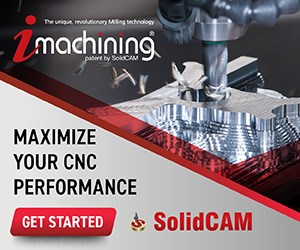Published
New Series of Controls to Enhance CNC Performance
Fagor Automation Corporation’s 8055 FL and Power series controls are designed to work with the company’s digital servo/motor systems and Fagor Aboslute linear and rotary encoder solutions.
Fagor Automation Corporation’s 8055 FL and Power series controls are designed to work with the company’s digital servo/motor systems and Fagor Aboslute linear and rotary encoder solutions.
The 8055 FL (first line) compact CNC is capable of up to four-axis milling, grinding or general-purpose applications on small- and mid-sized machining centers. The 8055 Power is available on a modular platform and is designed for up to seven-axis applications on mid- and large-sized, high-performance machining centers.
The controls incorporate a high-performance micro-processor with improved machining algorithms designed for faster cycle times with a smoother and more accurate part finish. Both models include an updated user interface with an ergonomic screen layout and color design with softer pastel colors, the company says. These modifications are designed to improve operator concentration and reduce visual fatigue. However, the CNC can also be reverted back to the screen design of the previous 8055 models if desired.
The USB port has been brought out to the keyboard to ease program uploading or downloading. Ethernet and RS 232 serial port communication capability remains the same for both new models.
Related Content
-
Weiler to Debut New Automation Features For Its Lathes
Weiler’s V 110 four-way precision lathe introduces features new to the U.S.
-
Zero-Adjustment Bar Pullers Simplify Turning Automation
Spring-loaded grippers and adjustable programming are enabling bar pullers to fulfill their promise to save time and money in CNC turning automation.
-
Partial Automation Inspires Full Cobot Overhaul
Targeting two-to-four hours of nightly automation enables high-mix manufacturer Wagner Machine to radically boost its productivity past a single shift.

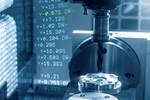

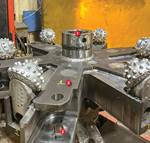

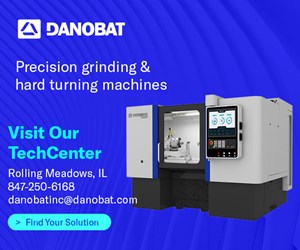
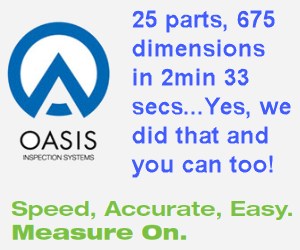
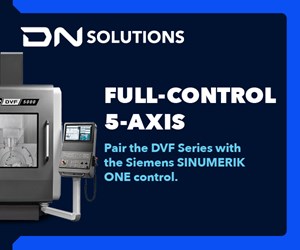

.png;maxWidth=300;quality=90)
